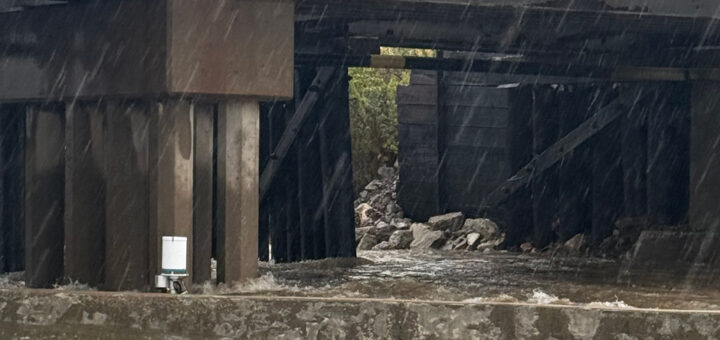Research Brief: Evaluating Methane Emissions in Thermokarst Lakes
1Manmade emissions of various greenhouse gases like methane have exacerbated climate change, leading to severe global impacts. The rapid warming and abrupt thaw triggered by climate change results in the formation and expansion of thermokarst lakes, leading to the release of surplus carbon in the form of carbon dioxide and methane.
Some modern researchers have theorized that the subsequent post-thaw greenhouse gas release may contribute to the worsening of climate change’s impacts in the region as gross greenhouse gas emissions increase.
A 2023 study published in Nature Communications sampled methane emissions from 120 thermokarst lakes in the Tibetan Plateau in order to build a better understanding of methane fluxes, the contribution of old carbon from thawing permafrost, methanogenic pathways, and microbial characteristics.1
Methods
A large-scale sampling campaign occurred during the ice-free season (mid-May to mid-October) of 2021. 120 thermokarst lakes in an 1100 km transect on the Tibetan Plateau were sampled. The lakes were divided into 30 clusters, each of which contained 4 lakes. Each lake was sampled five times at monthly intervals, with each campaign lasting approximately 25 days.
Methane fluxes to the atmosphere were measured using a portable opaque chamber. Estimations of old carbon contributions were determined via radiocarbon aging of the gas samples.
Methanogenic pathways were evaluated by calculating the apparent carbon fractionation factor. Lastly, microbial characteristics were determined by analyzing methanogenic functional genes and communities in surface sediment samples using metagenomic sequencing.1
Results
Results of the campaign show that thermokarst lakes on the Tibetan Plateau are an important source of methane to consider in future models and predictions. They also revealed that ebullition is the main pathway for methane release, totaling 84% of emissions and being recorded at all of the sampling clusters.
The radio and stable-carbon analyses showed that old carbon is not the dominant source of methane. Instead, emissions were largely derived from the hydrogenotrophic pathway. Finally, the relative abundances of methanogenic genes correspond to the in-situ methane fluxes recorded over the period of the study.1
Ultimately, the study concludes that these findings lay the groundwork for a comprehensive understanding of methane emissions in high-altitude thermokarst lakes.
Source
- Yang, G., Zheng, Z., Abbott, B.W. et al. Characteristics of methane emissions from alpine thermokarst lakes on the Tibetan Plateau. Nat Commun 14, 3121 (2023). https://doi.org/10.1038/s41467-023-38907-6















[…] has become more severe under warming trends, resulting in increases in carbon dioxide (CO2) and methane (CH4) emissions into the atmosphere. Increased emissions lead to higher air temperatures, which could lead to […]